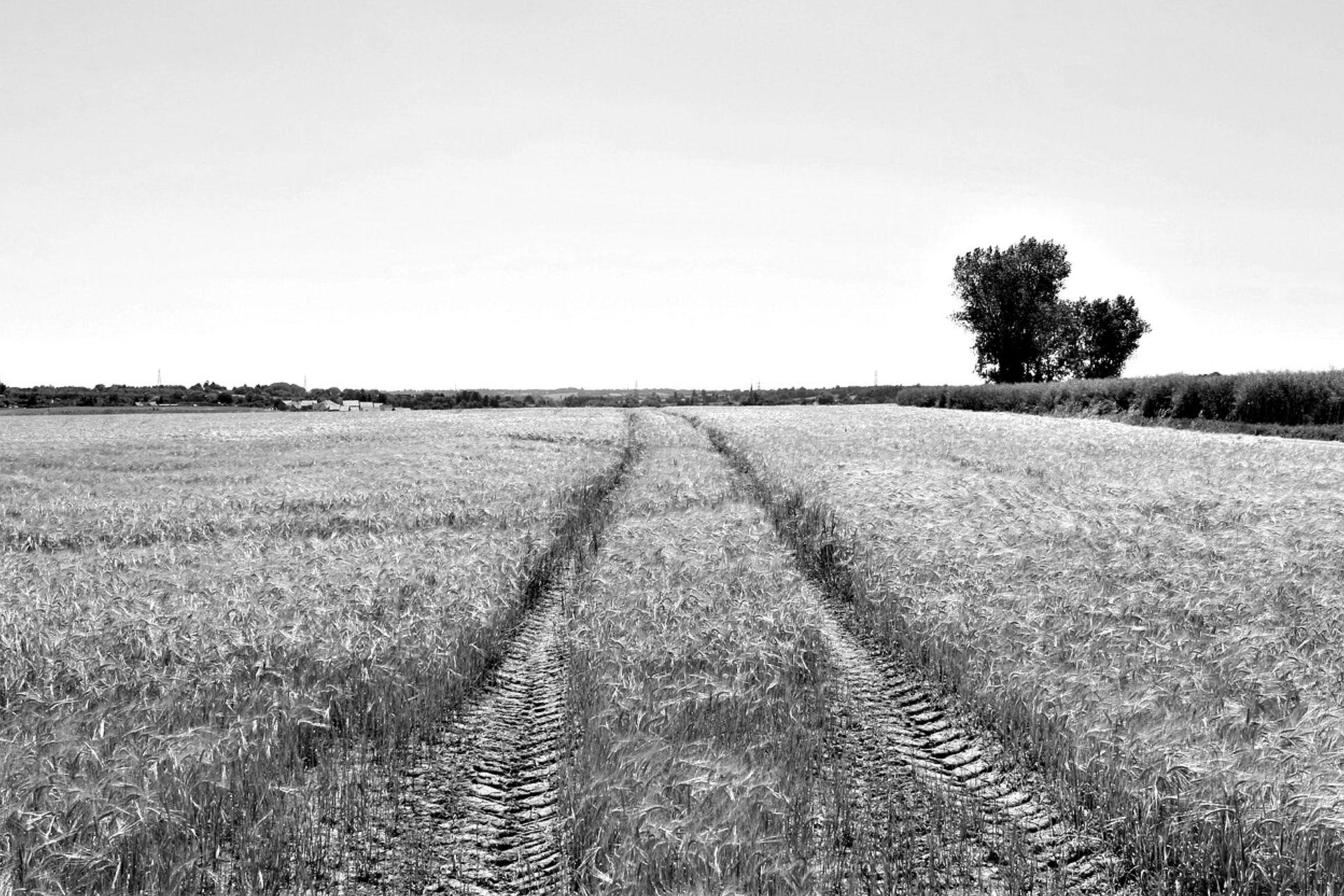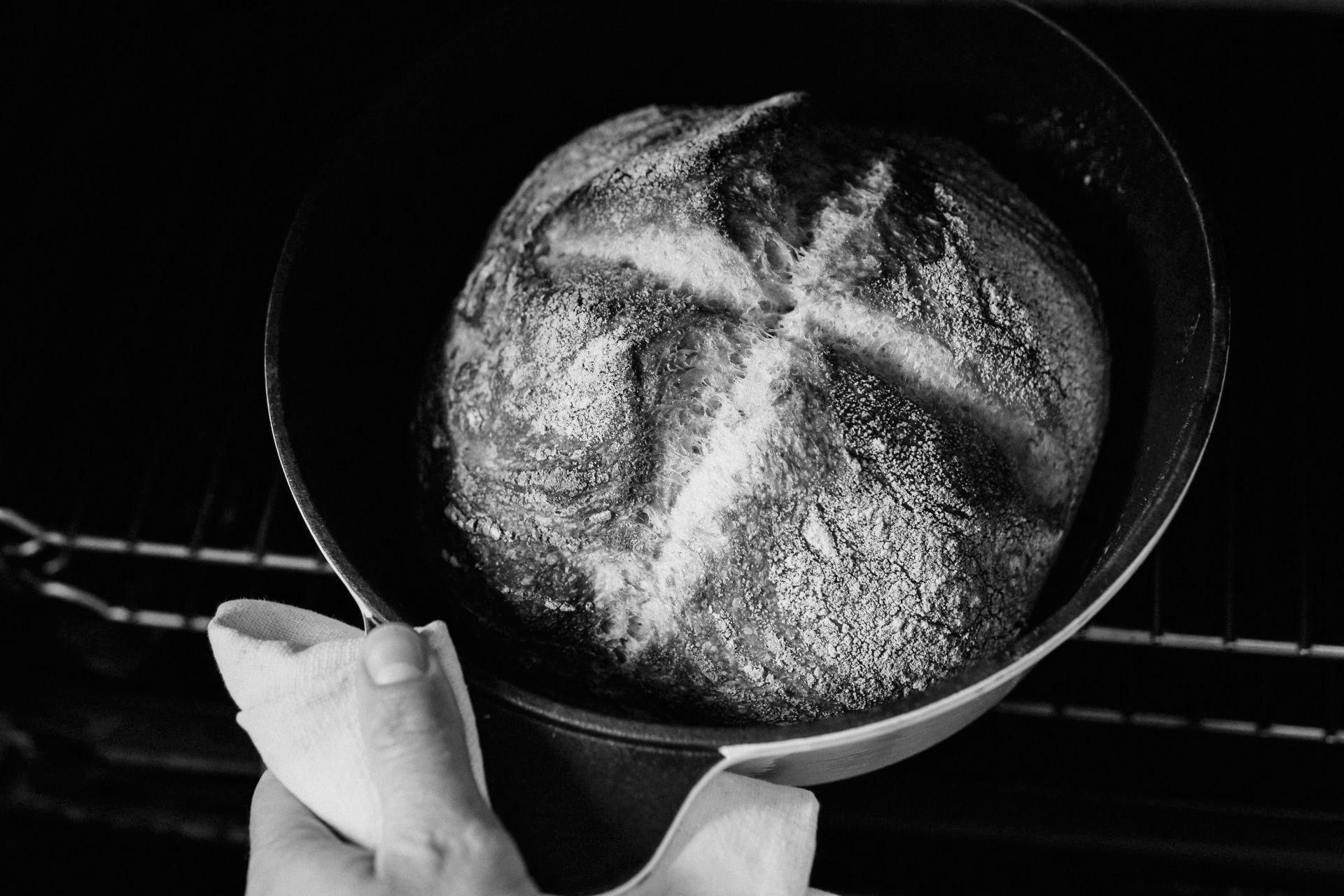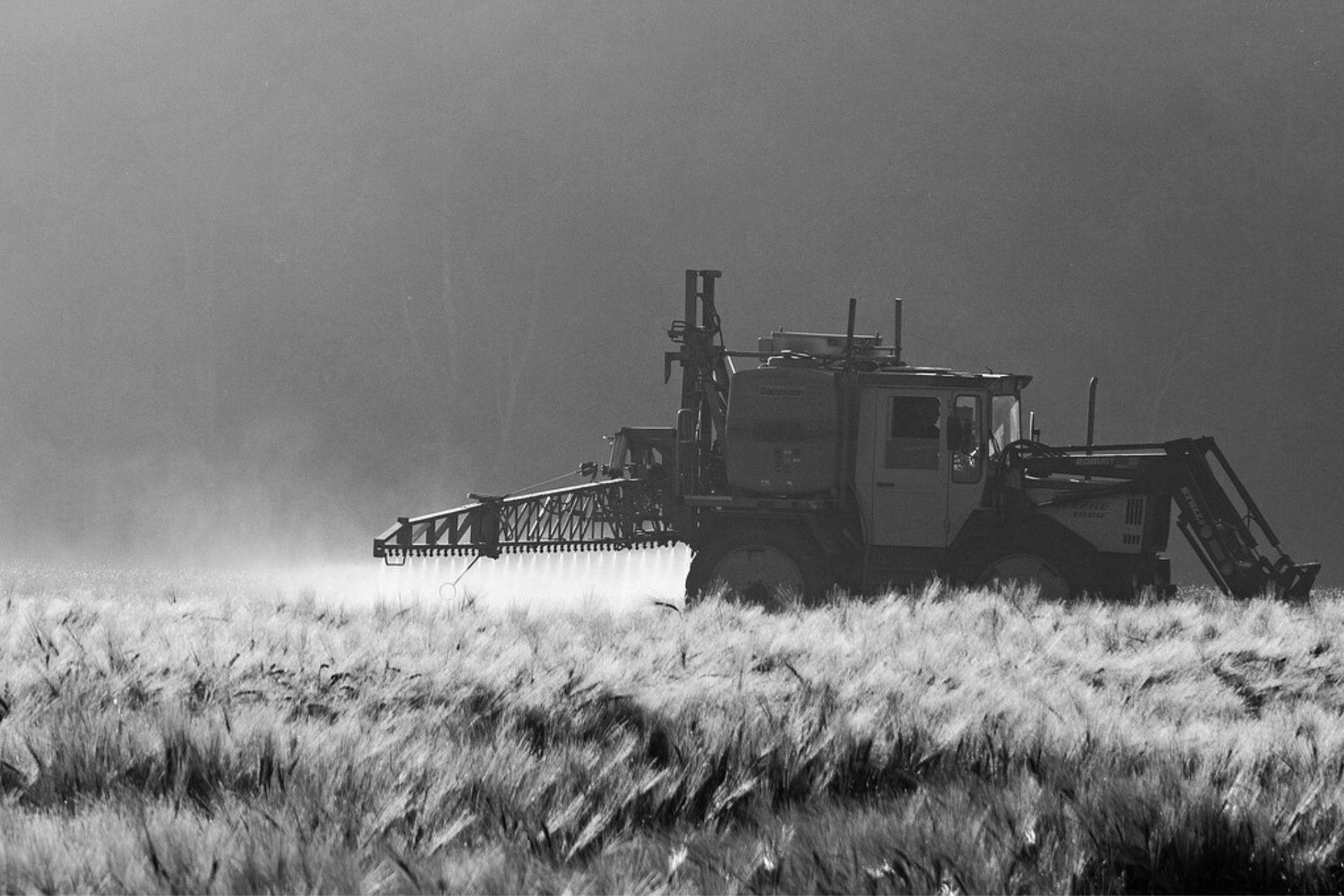
'That celiac child of yours': between agriculture and celiac disease
On the way out of the school, on the hot road, she gets out of the midnight blue Lexus, her eyes searching for someone. The vertiginous heel sinks just a little into the asphalt, just enough to disturb the primadonna's ostentatious bearing. A slight grimace on her face as her Alain Mikli glasses fall to the ground.
It is only the beginning of the scene.
Glasses fall to the ground, right next to a mother with child. The child, bent over, is vomiting on the roadside. The vomit splashes onto the shiny black glasses, soiling them inexorably that a clear, sour voice is heard, "That celiac child of yours!"
We are in the primary school of a rural town in Emilia-Romagna, where the agricultural activity is mainly cereal growing. Is celiac disease a rural condition? It seems that the primadonna is aware of this.
The following day, in the café next to the school, someone claimed, citing regional vouchers for the purchase of gluten-free food and centres for diagnosis, that coeliac disease was a social disease and that the state was more 'interested' in the population's illness rather than its health. Behind the aid would be hidden, to put it rurally, 'a few tits to milk' ...The exacerbated debate ended up between those who claimed that coeliac disease was already a problem at the time of the Egyptians, those who claimed it depended on a genetic factor, and those who claimed it was an inflammatory intestinal disease due to wheat cultivation systems.

Rurality and diseases
Although coeliac disease cannot be defined as a typically rural disease since not only the intake of gluten but also genetic predisposition causes it, we can say that gluten sensitivity and gluten intolerance, which contribute to the development of coeliac disease, definitely fall into this view.
Let us see why: the culture of the cereal-farming world, emphasising the rural-retarded binomial, promotes agricultural practices linked to traditions that are inadequate to the problem of agricultural and environmental pollution. Whether it is because extensive wheat cultivation has lost its economic value, or because the agriculture-science binomial is at a standstill, or rather is in the sack race, we find ourselves victims of environmental factors and the abundant consumption of grains rich in toxic gluten or in any case unsuitable for a healthy diet. This is despite the fact that there are solutions, and we refer to the BIOAKSXTER® de-polluting formulations.
The distinguishing features of rural areas today are certainly not those that opened up the Casse Rurali (Rural Savings Banks) to profitability at the time, rather there is a need to run for cover from the exacerbated death of public health. Even excluding celiac disease, the scales are tipped on the side of aggravated problems. The list can be found in the rampant drug advertisements for the '50 shades of grey' of inflammatory bowel disease caused by bacteria, viruses and toxins ingested through diet, stress and drugs.

Give us this day our daily bread…
Demonised by gluten-free diets, gluten, i.e. the protein part of wheat (more specifically glutenin and gliadin, which make up about 80% of the entire protein fraction present in the endosperm of the wheat caryopsis) bases its reputation as the agent responsible for food intolerances, allergies, syndromes and classic, atypical, silent and potential diseases on this truth: the multifactor triggers of disease in our time are fuelled by the global level of environmental pollutants that have saturated the earth, air and water. Specifically, the substances that have been accumulating in the soil for over 80 years give us toxic wheat and food, with which we measure ourselves daily time and time again, the main destroyer of our health. This, in short, is the answer to the evolution of the causes of the diseases in question.
This is why the cereals produced are less and less tolerated by consumers.
This applies to everything that is cultivated and to all foods. Gluten-free, fat-free, sugar-free, lactose-free, allergen-free ... we are in the age of the “without”, without measure, without future. It also applies to those who dare to pray the Lord's Prayer.
Ancient grains and coeliac disease
Is the gluten of ancient cereals really more tolerable and healthier than modern cereal varieties? Is starch not digested by the digestive system? The questions are endless, the answers always the same.
Experts in the field such as doctors, dieticians and nutritionists advise eating fruit and vegetables without knowing that pesticides cannot be removed after washing them well, they also recommend fish with microplastics. In the diets of transplanted people, they prescribe the use of fourth range vegetables (washed, packaged and ready-to-eat), the healthiness of which is questionable because they are grown on unhealthy soils, with a precarious microbiological balance, and packaged in a modified atmosphere to block bacterial fermentation. Doctors know a lot about the human body, but little about the environment, nothing about farming practices. Farming practices that are not considered as evolutionary causes of disease.

If we think of atrazine, the herbicide banned since 1992 but still present in soils, it is only in recent years that it has come back into the limelight for its irreversible effects on reproductive systems and genital apparatus.
Returning to coeliac disease specifically, the Veronesi Foundation states that the gluten-free diet is the only validated therapy for this disease of autoimmune origin and inflammatory character, thus also excluding gluten from ancient cereals.
The Italian National Institute of Health states that there is no scientific evidence or statistics to prove that eating wheat treated with pesticides can promote the development of coeliac disease, as scientific evidence and statistics are lacking. At the same time, we can say that what is missing certainly cannot prove the validity of the claim. Truth is such a different thing from the logic of science, all the more so of an old science, that its decisions can cost us our lives.
Between modern and ancient grains
Although coeliac disease, this disease due to chronic autoimmune inflammation of the small intestine, is believed by the ISS to be exclusively genetic in origin, recent American studies have linked it to exposure to environmental pollutants. In fact, toxic chemicals have been found in the blood of coeliacs at a young age, the high incidence of which certainly establishes an interaction between the endocrine and immune systems.
Local grain or not, all grain is more or less polluted because environmental contaminants know no homelands or borders. This is kept quiet. Even if Slovakia destroys Ukraine's polluted wheat that is not even suitable for animal feed, even if other countries have closed down imports, it should not be forgotten that Russian wheat has been polluted for almost 40 years (Chernobyl).
As for the inferences between the various groups playing pass the ball on the wholesomeness of wheat, the meagre controls and the irregularity of samples with regard to pesticides and mycotoxins are known to be handled with bribes and kickbacks.
As a matter of fact, it is impossible to get out of the problem of chemical and radioactive pollution, submerged as we are by the waste and refuse of our dystopian society, except by natural elimination. Once again, let us talk about BioAksxter®, which, by reproducing the atomic micro-combustion programme created by Mother Nature, transforms harmful substances back to zero. An anti-proliferation programme, through the continuous cycle 'from ore to biomass'.
An evolution of billions of years, aimed at the multiplication and maintenance of cells. The programme of life.